We all know the purpose of having a retaining wall in our outdoor space, no worries if you are unaware, we will talk about it too.
Normally when we hear walls, we think about beautifully painted walls inside of houses, well not in every case, sometimes a wall is much needed for outdoor areas.
But what is worse than seeing a retaining wall getting damaged and it begs you for some repair and maintenance to stay intact.
This article will discuss the reasons for damage caused to retaining walls and solutions for saving your retaining wall ideas.
What Is the Retaining Wall?
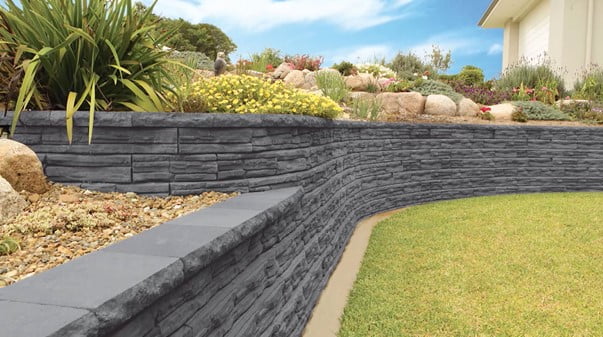
A retaining wall is nothing but a type of wall that is built for the motive of battling soil erosion, retaining the soil behind (on the other end of the wall) for maintaining different soil levels and effects of gravity.
Materials like concrete, concrete blocks, wood, steel, rocks, stones, bricks, masonry, etc., are widely used for making a retaining wall.
Reason for Retaining Wall Failure
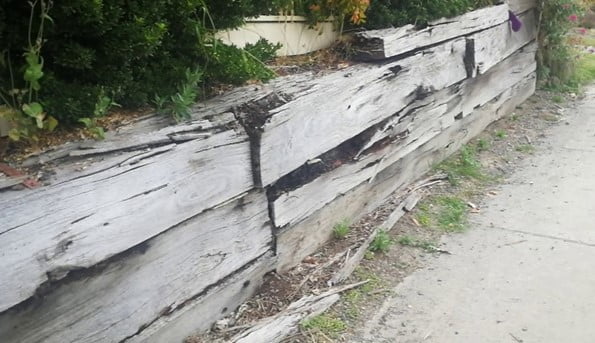
A retaining wall will not collapse overnight unless you do not ignore the early signs of a weakened retaining wall. Every structure has its age; certain factors can decrease the strength.
You should always keep a good check on your retaining wall’s condition to identify the signs and take the essential steps to fix it as a weak retaining wall could also be a hazard for probable injuries and even casualty.
Below are some most common reasons for the failure of a retaining wall:
Inadequate Drainage Facility
Drainage is an essential part of keeping any retaining wall intact, failure in it will damage your retaining wall.
As the soil will get wet and accumulated, it will be heavier than the dry soil, hence putting additional force and pressure on the retaining wall.
The backfill gives it a hard time staying up appropriately, and it happens because of the poor drainage ability to retain walls. Make sure your drainage system is built for saturated soil.
Unusual Loads
One thing you should keep in mind during the implementation of your retaining wall ideas is to get crystal clear with the wall-building guys. As the retaining wall must be built for the purpose which the owner intends it for.
If the retaining wall is used for some other objective instead of which it was built for, there will be more pressure on the wall, meaning high chances of its collapsing.
Weak Foundation
It Does not matter which, how, and where you are planning your retaining wall idea. A strong foundation is a must.
For that, you should invest some time in conducting research related to the soil of the area, climate, terrain, etc., to help build a retaining wall that will last long, or else be prepared for your wall to get crack or maybe even collapse.
Low-Quality Construction
Saving some bucks to get quality work in less amount is smart but getting the cheap quality work for the sake of some money is not worth it. A poorly built wall can be the result of hiring inferior quality service.
Less material usage along with the improper building of retaining walls can be one of the reasons for experiencing retaining wall damage too soon. No wonder the retaining wall will last less amount of time than it should do.
How to Repair A Retaining Wall?
A damaged retaining wall is no good for anyone; therefore, when your wall is damaged, you are left with 2 options, either to repair it or demolish it completely and maybe get a new one if you feel like it.
But let us stick to the part where the retaining wall is not damaged much and can be brought back to its initial form by some repair work. We have talked about some ways through which you can repair the retaining wall.
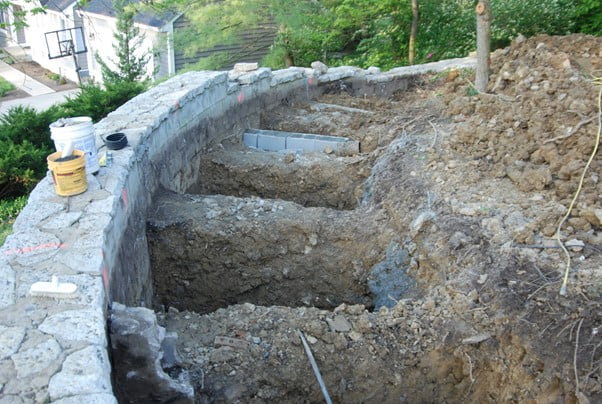
Wall Anchors
Wall anchors are the best options for successfully strengthening the leaning retaining wall. Wall anchors are used when there are some serious issues with retaining walls.
Firstly, they are driven into the walls and then are attached to the anchors behind the wall in the earth. The retaining wall can be brought back to a safe position by adding a plate to the anchors and tightening the rod.
Helical Anchors
Helical anchors are for the situation where normal anchors will not be suitable. They can stable soil, extend bracing the wall and save it from falling. They are installed using equipment like hydraulic rotary drilling.
These anchors can cost you a little more than normal anchors, but if the situation persists, you will have to get them for the sake of your retaining wall.
A New Wall
If the above-mentioned solutions do not sound feasible, then why not start it from scratch? Think of another retaining wall idea to be carried out into your outdoor space.
Sometimes, a retaining wall is in no situation repaired and drew back to the desired form; this happens when the owners ignore early signs, as a less damaged wall has higher chances of repair.
So, if you have decided to go for a new wall, then remember not to repeat previous mistakes.
Call an Expert.
A DIY job will not do much for repairing your retaining wall; lack of experience is the answer. On the other hand, it is the best way to ring an expert who is professional in retaining wall building, maintenance, and of course, repair.
He is the only one who can give you the right solution for the reparation of your retaining wall.
Experts will know in detail about the retaining wall, the factors affecting its ability to stay intact, and what can be done for it. Either repair work or getting a new retaining wall, specialists know what is best for you.
In the meantime, go check out your retaining wall and do your best to maintain it so you will avoid the need to repair it a little more.

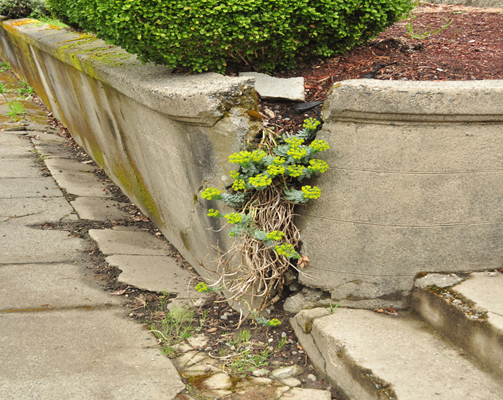
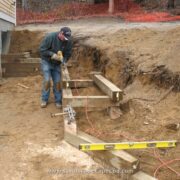
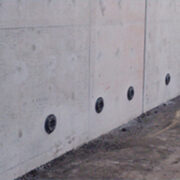
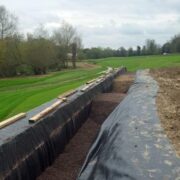


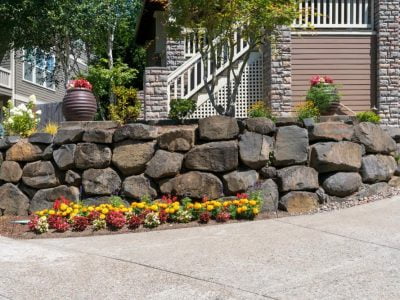

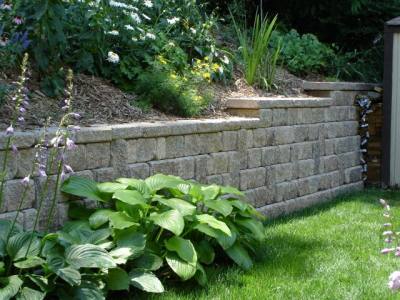
Comments